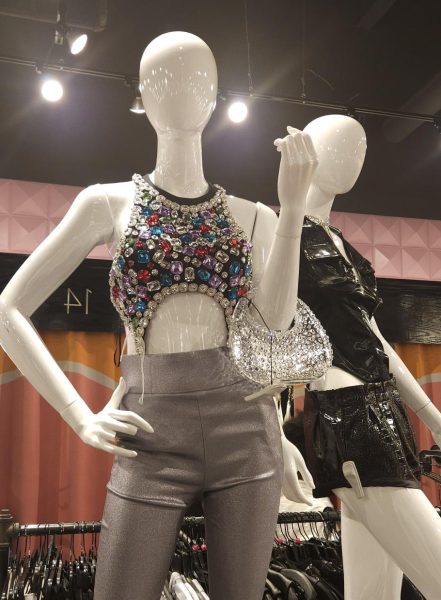
Kiddie pools and upside-down dresses are a few of the mysterious looks that strut down the runway each year. Along with these increasingly show-stopping and internet-breaking shows come new concerns for the fate of fashion itself. As these shows gain more publicity with the swift rise of social media and technology, each with more astonishing looks than the last, the question of the fate of fashion can be summed up as, “Who is going to wear that?”
Have no fear. Fashion has not suddenly turned into a massive marketing scheme who’s sole purpose is to gain views on Instagram. As The Row’s controversial social media policy shows, the truth is anything but. These whimsical and borderline ridiculous shows have existed for well over a century, and they have a name.
Haute Couture
Like many aspects of modern-day fashion, Haute Couture finds its roots in one of the world’s biggest fashion powerhouses, Paris, France. Since 1858, Haute Couture has changed and evolved to match the technological advances of the modern era. To the average person, there is no difference between a show labeled “Couture” or “Ready-to-Wear”, only that one seems significantly more outlandish than the next. And that’s exactly the point.
Unlike its sister category, Ready-to-Wear, Couture garments are unique designs in which their designer works to push fabric to its very limit. Each look is its piece of art, from its overall design to the model’s unique walk, each aspect contributes to the look’s performance, a phenomenon perfectly displayed in the viral Maison Margiela Summer 24 Couture show.
Designers have the chance to showcase their skills with needle and thread. By pushing the fabric to its limit and crafting mind-bending designs, countless designers transform their models into walking pieces of art ready for the season’s show.
Where do trends and store clothing items come from if Haute Couture fashion is essentially walking art? Trend analysts, people from various companies who break down even the most ridiculous looks and pick out common trend-worthy themes, gather quite a lot from these shows, and there is a second type of show that is far less jarring. From the runway to your wardrobe, its name is Ready-to-Wear.
Ready-to-Wear
Often falling in line behind Couture shows, Ready-to-Wear (RTW) shows exemplify mundaneness in comparison; however, do not be mistaken, these shows retain a level of over-the-top elements, signature stitches and funky accessories. Designers now tilt their focus from making sure every look is a unique sight, to crafting more “mass-produced,” “staple” pieces, as seen in Maison Margiela’s Spring 2024 RTW collection.
The first collection of looks, shown within the first two minutes of the Maison Margiela Spring Collection, consists of oversized blazers, wide-legged trousers, and extravagant white collars. Between them, there is less individuality and there is instead an emphasis on style and wear on various body types. While the average consumer may not wear their suit nearly as oversized, wide-legged trousers and oversized blazers as individual pieces have begun to make their rounds across many stores.
These looks find a home virtually anywhere, whether amidst the increasing interest in quiet luxury, the glistening storefronts of top brands, or even semi-reincarnated into knockoffs for the laypeople. Regardless, these batches of looks show the versatility of a designer’s craftsmanship, allowing them to tap into a variety of consumers and keep an iron fist on the ever-changing fashion landscape.
Haute Couture shows are walking galleries meant to push fashion and imagination to their limit. On the contrary, Ready-to-Wear fashion gives more muted, simplistic looks that garner the attention of the other end of the consumer base. Its influences seep into even the tiniest cracks of the industry, everywhere from influencers’ Amazon lists, to Target sales floors and yes, even Shein carts too.





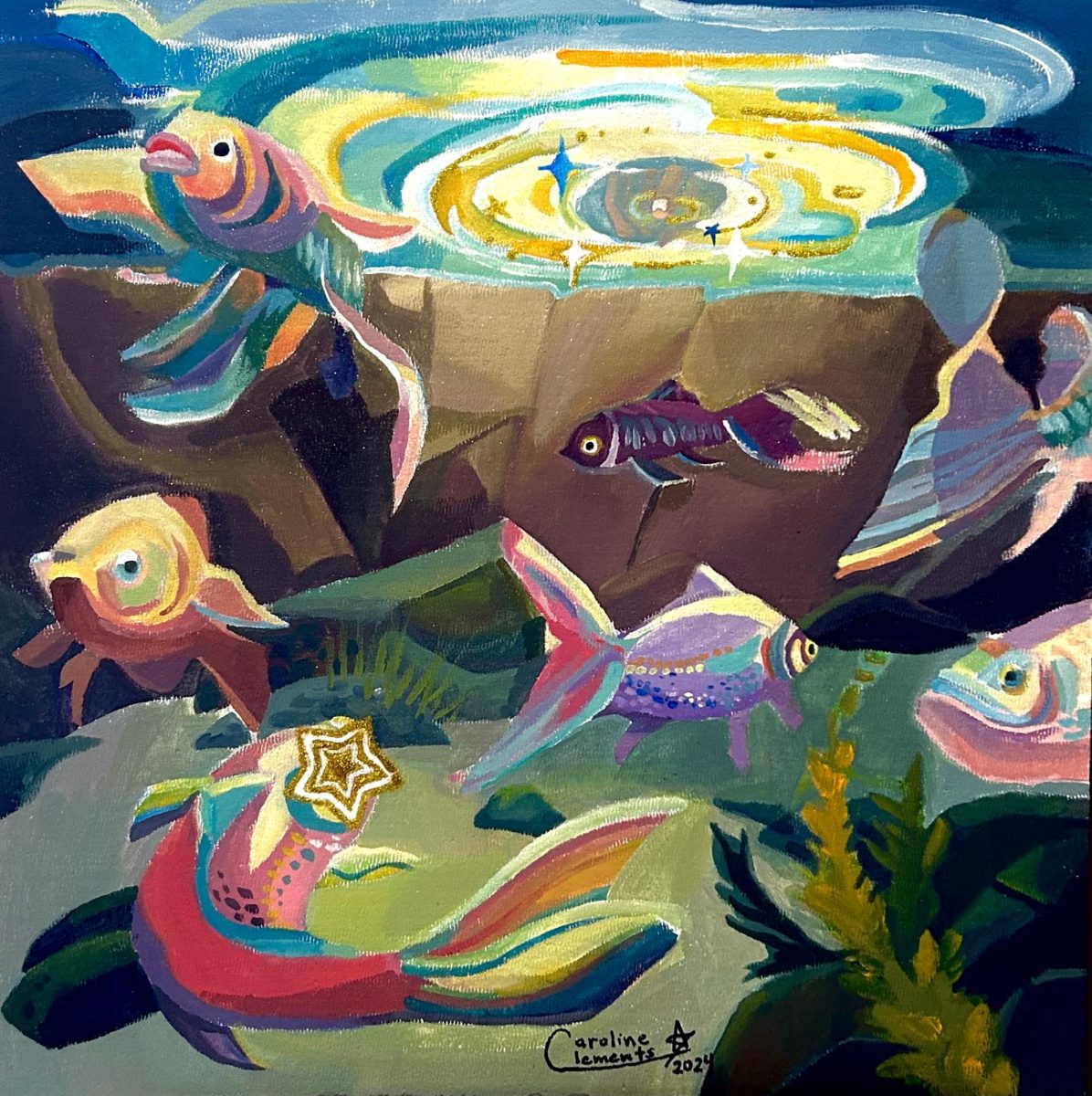

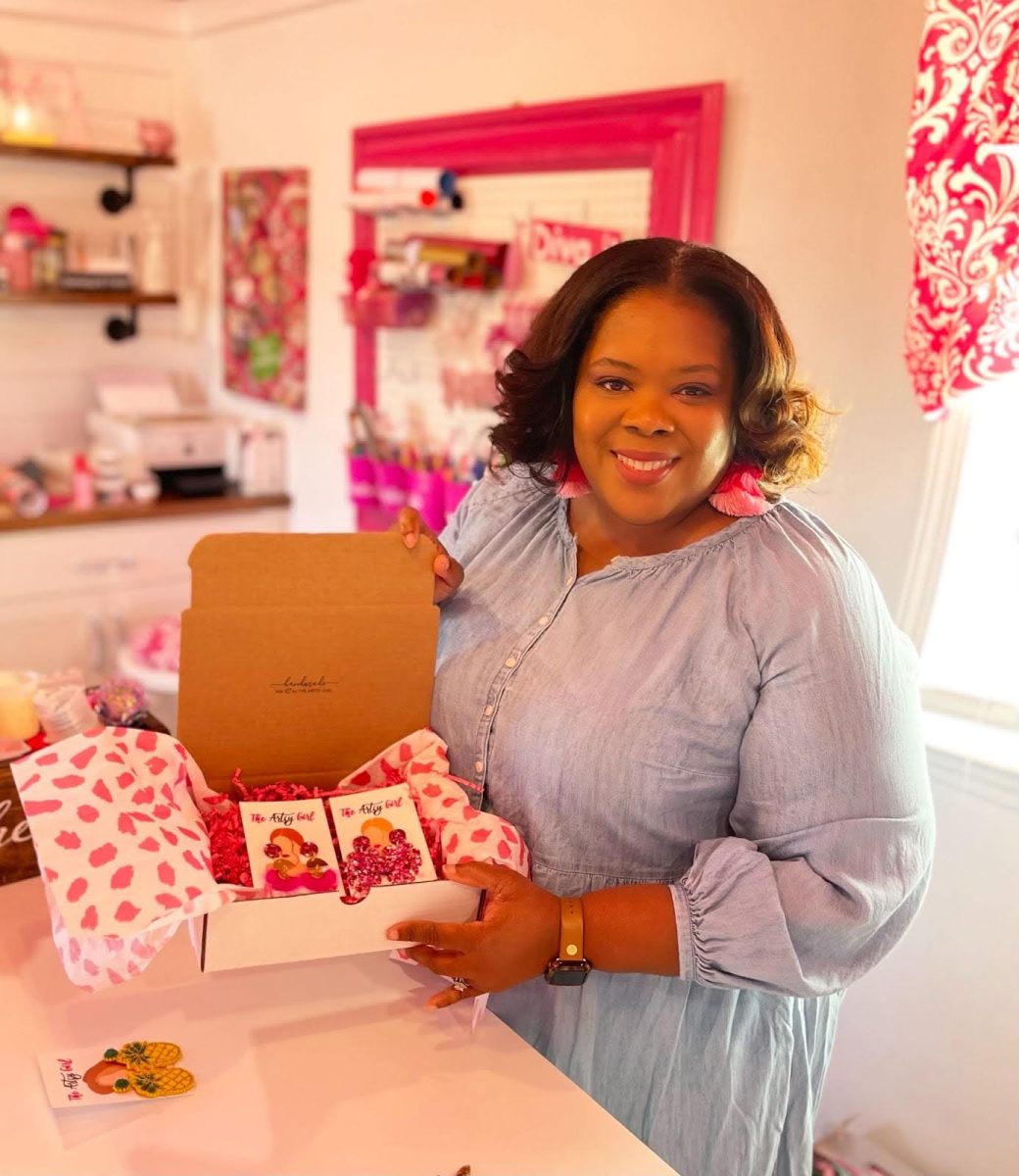
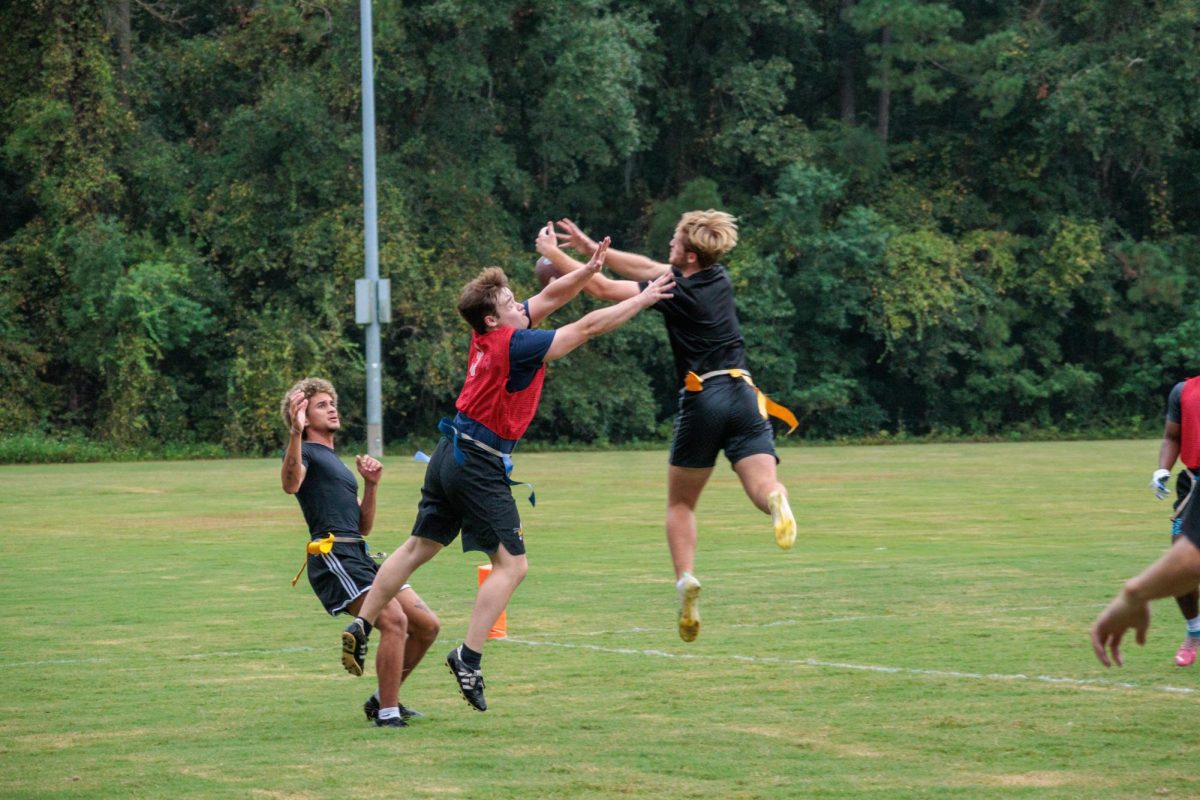
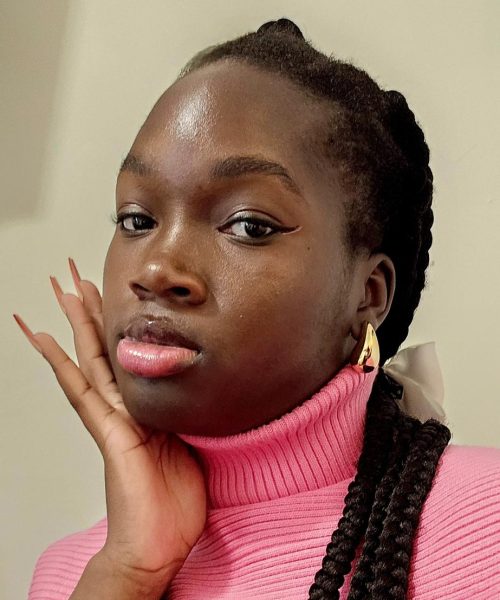
Carla Frazier • Apr 12, 2024 at 11:25 am
This is a very interesting and informative article. It give me food for thought. I will view the fashion shows differently.